Why Overloads on Electrical Circuits Happen & How to Prevent Costly Damage
An overloaded electrical circuit is a common issue in Australian homes and workplaces, but it’s not something to take lightly. Ignoring the warning signs can lead to serious risks such as electrical fires, damage to appliances, or even injury. If your circuit breakers are constantly tripping or your lights are flickering, it’s time to take action.
In this guide, we’ll explain how to fix an overloaded electrical circuit and, most importantly, why hiring a licensed electrician is the safest and most effective option.
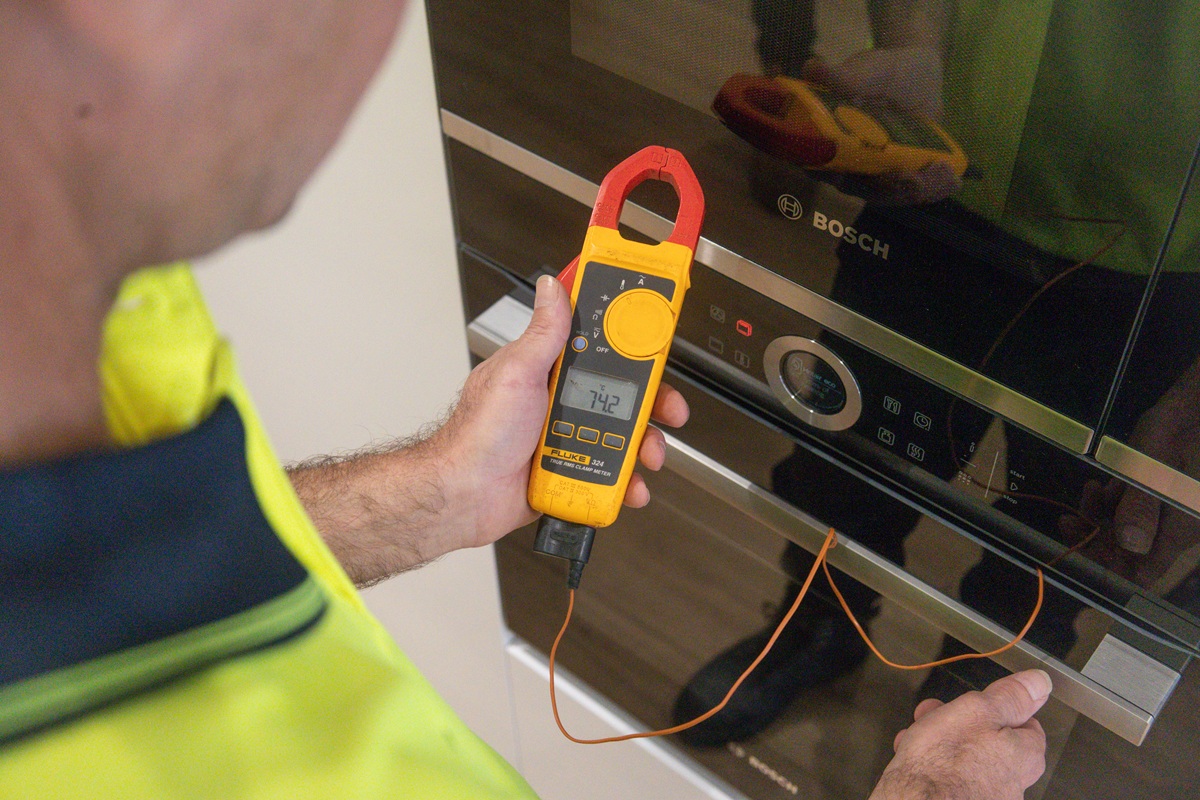
What is an Overloaded Electrical Circuit?
An overloaded electrical circuit happens when you connect too many devices or appliances to a single circuit, drawing more power than it can handle. This can cause the circuit breaker to trip as a safety measure, cutting off electricity to prevent overheating or fires.
Power-hungry devices like heaters, air conditioners, televisions, and kitchen appliances now fill modern households, often overloading circuits designed decades ago. Older homes with outdated wiring are especially prone to this issue because their systems cannot accommodate today’s energy demands.
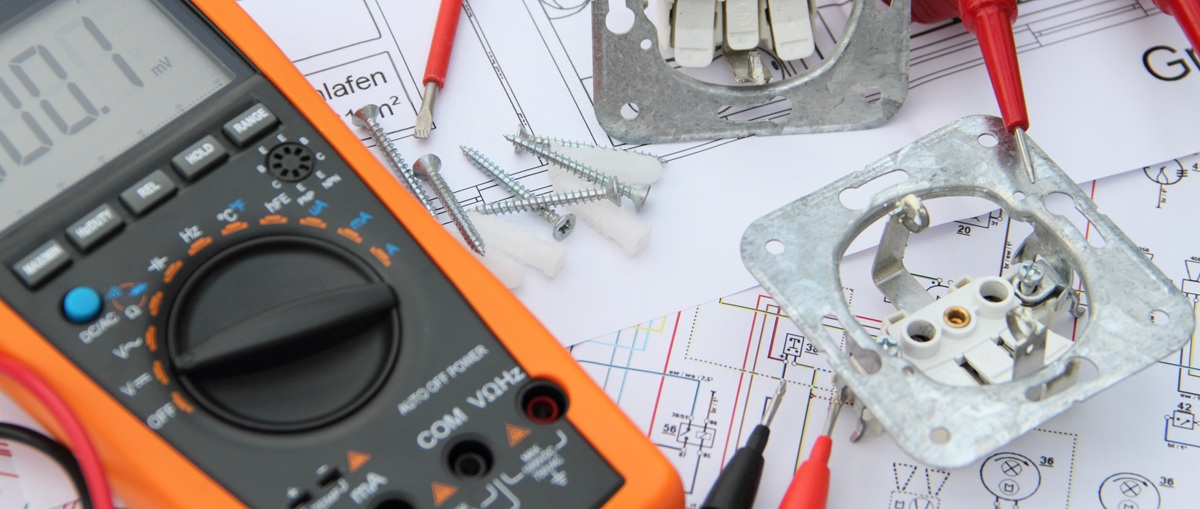
Signs of an Overloaded Electrical Circuit
The first step in resolving the issue is recognising the warning signs. Common indicators include:
- Frequent Tripping of Circuit Breakers or RCD: If your circuit breaker or RCD trips repeatedly, it’s a clear sign that the circuit is being overloaded.
- Flickering or Dimming Lights: When you turn on an appliance and your lights flicker or dim, it may mean that the circuit is under strain.
- Warm Power Points or Switches: Overloading can cause powerpoints or switches to feel warm to the touch or emit a buzzing noise.
- Burning Smell: This is a serious red flag indicating overheating and a potential fire hazard.
- Limited Availability of Power: If you rely heavily on power boards or extension cords, it might be because your circuits aren’t sufficient to meet your needs.
If you’ve noticed any of these signs, it’s crucial to act quickly to prevent further damage or potential safety hazards.
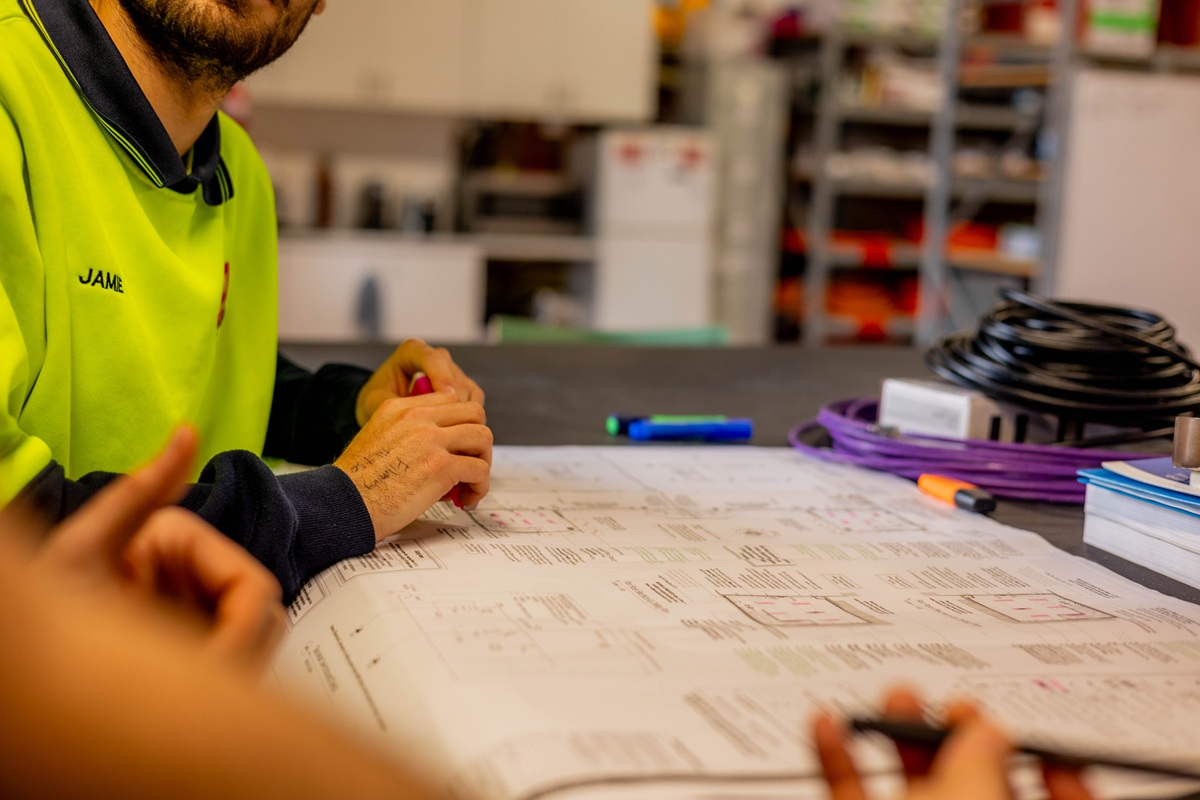
Why Overloaded Circuits are Dangerous
An overloaded electrical circuit can cause significant damage and pose serious risks. The extra load generates heat, which can deteriorate the wiring insulation. If left unaddressed, this can lead to electrical fires.
Attempting to fix the issue yourself without the proper expertise can also be dangerous. You risk not only damaging your electrical system but also injuring yourself. Electrical work requires a thorough understanding of Australian safety standards (AS/NZS 3000), and any non-compliant work can leave you liable in the event of an incident.
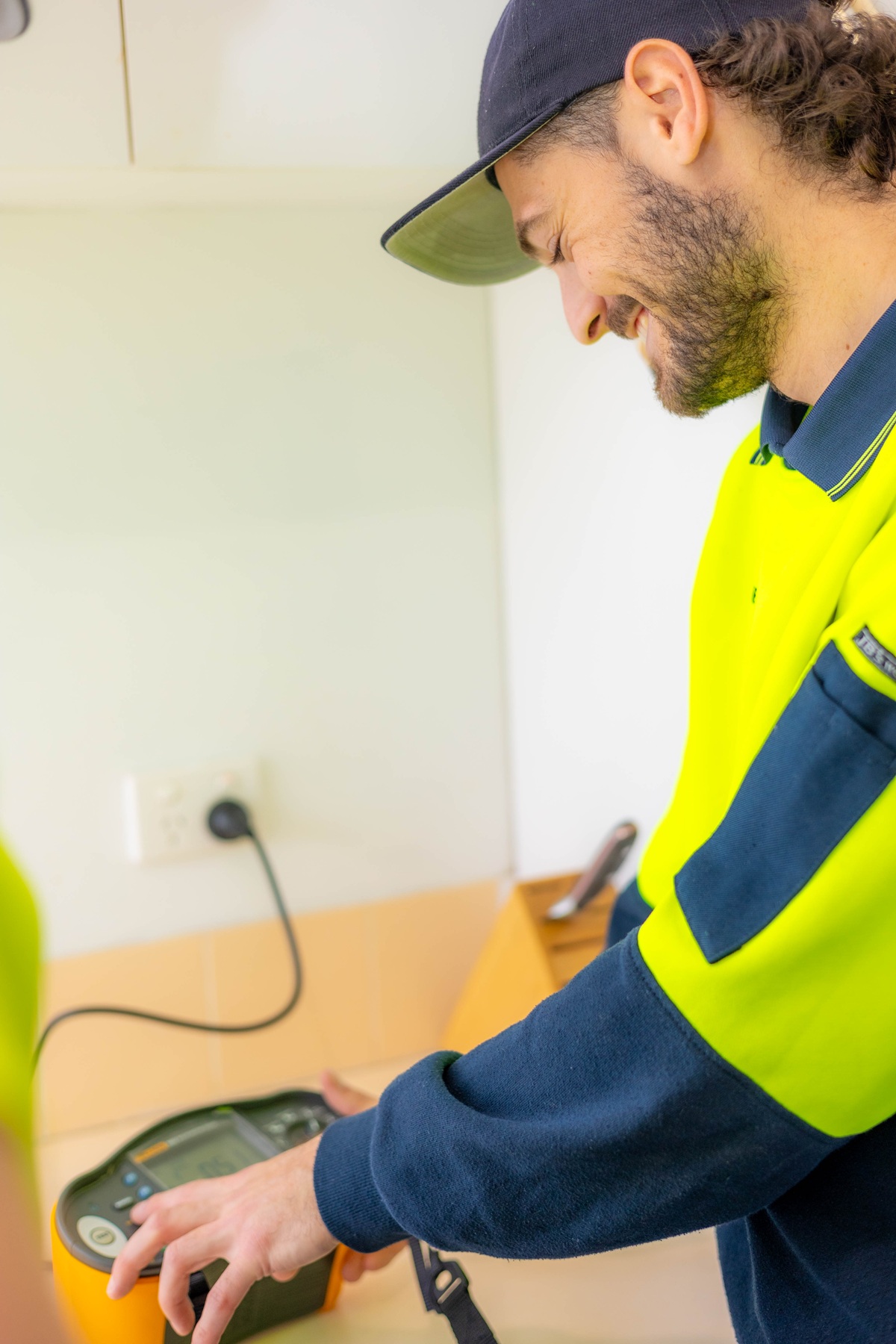
How to Fix an Overloaded Electrical Circuit
While the temptation to tackle the problem on your own may be strong, resolving an overloaded electrical circuit requires expertise to ensure safety and long-term reliability. Below are some key steps involved in addressing the issue:
1. Identify the Cause of Overloading
Start by assessing your power usage. Which appliances are overloading the circuit and causing it to trip? High-wattage devices like heaters, air fryers, and vacuum cleaners quickly overload a circuit, especially when used simultaneously.
2. Reduce the Load
Unplug non-essential devices from the affected circuit and redistribute them to other circuits in your home. However, this is often a temporary solution, as it doesn’t address the underlying problem of insufficient power capacity.
3. Avoid DIY Repairs
While it may be tempting to attempt a quick fix, DIY electrical work can be incredibly risky. Without the proper knowledge, you could worsen the problem, damage appliances, or create safety hazards. In Australia, it’s illegal for unlicensed individuals to perform most electrical work.
4. Call a Licensed Electrician
The safest and most effective solution is to hire a licensed electrician, like PWA Electrical Services. They’ll have the skills and tools to diagnose the problem, assess your home’s electrical capacity, and recommend the best course of action.
Why You Should Hire a Licensed Electrician
Fixing an overloaded electrical circuit is not just about resetting a tripped breaker. It often requires more in-depth work to ensure your electrical system can handle your energy demands. Here’s why a licensed electrician, like any of our team at PWA Electrical Services, is your best bet:
- Expertise in Diagnosing Problems: An electrician can identify the root cause of overloading and ensure no other issues are lurking in your system.
- Compliance with Australian Standards: All electrical work must comply with AS/NZS 3000 to ensure safety and legality. Licensed electricians undergo training to meet these standards.
- Long-Term Solutions: Professionals can upgrade your switchboard, install additional circuits, or recommend energy-efficient solutions to prevent future overloading.
- Safety Guarantee: Hiring a licensed electrician reduces the risk of fires, shocks, or other accidents.
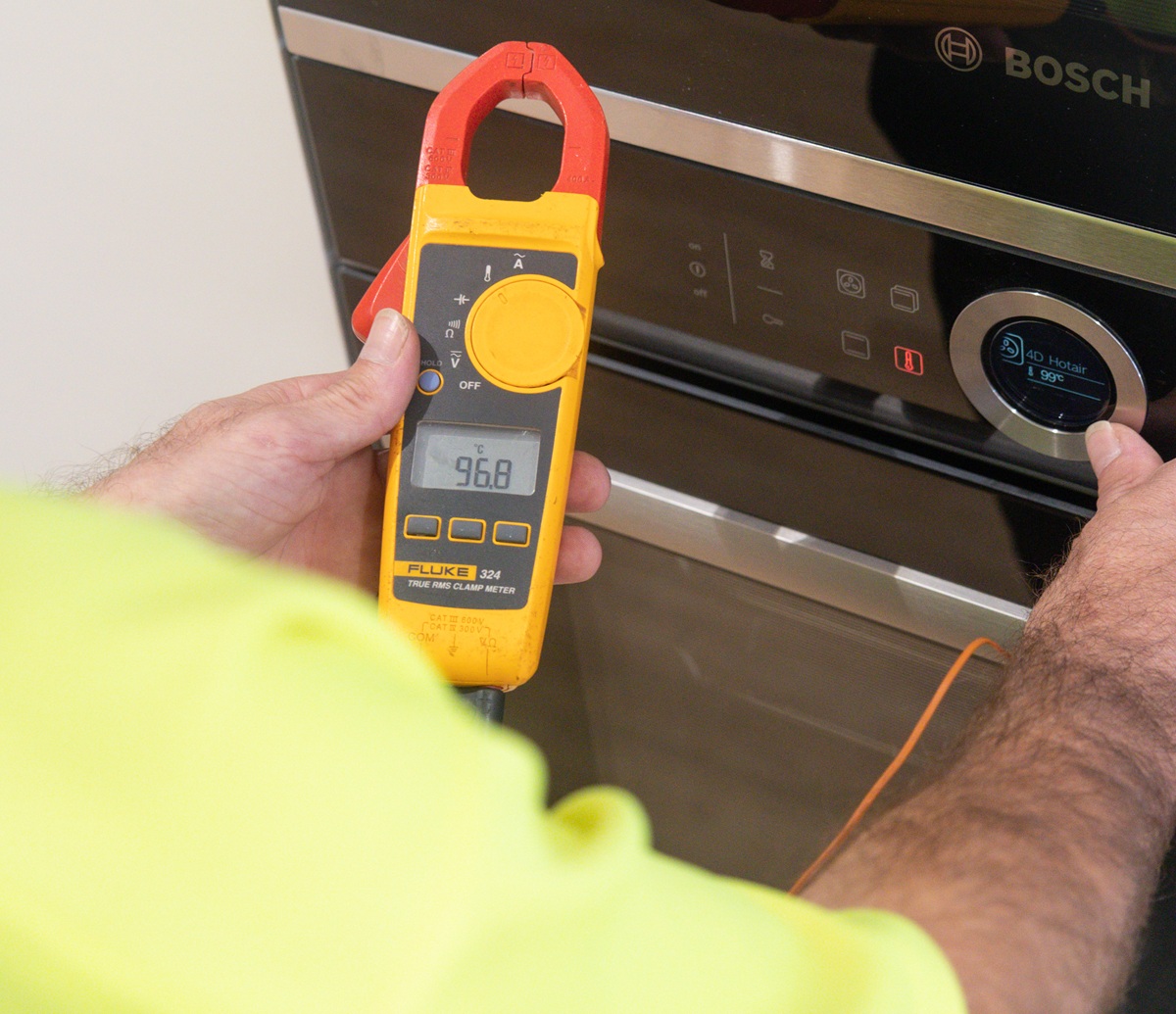
Preventative Measures for Overloaded Circuits
Once your overloaded electrical circuit has been fixed, it’s important to take steps to prevent the issue from recurring.
1. Balance Your Load Across Circuits
Avoid plugging all your high-wattage appliances into a single circuit. Distribute your power usage evenly across your home’s circuits.
2. Upgrade Your Electrical System
Older homes often lack the electrical capacity to handle modern energy demands. Upgrading your switchboard or installing additional circuits can significantly improve safety and efficiency.
3. Use Power Boards Sparingly
While power boards and extension cords can be convenient, relying on them excessively increases the risk of overloading. If you find yourself needing them regularly, it’s time to upgrade your electrical infrastructure.
4. Schedule Regular Electrical Inspections
Routine electrical inspections by a licensed electrician can identify potential issues before they become serious problems. This is particularly important if you live in an older home or have recently added new appliances.
The Cost of Ignoring an Overloaded Circuit
Ignoring an overloaded electrical circuit can lead to costly consequences. A tripped breaker may seem like a minor inconvenience, but repeated overloading can cause long-term damage to your wiring, appliances, and switchboard. In the worst-case scenario, it could lead to a house fire or personal injury.
Attempting DIY repairs may save you money upfront, but the risks far outweigh the benefits. Inadequate repairs can result in even higher costs down the line, especially if they lead to further damage or non-compliance with safety standards.

How a Licensed Electrician Can Help
When you hire a licensed electrician, you’re investing in peace of mind. Here’s what they’ll do to resolve an overloaded electrical circuit:
1. Conduct a Thorough Assessment:
The electrician will inspect your home’s wiring, circuits, and switchboard to identify any weaknesses or outdated components.
2. Perform Necessary Repairs or Upgrades:
Depending on the severity of the issue, this could include installing new circuits, upgrading your switchboard, or replacing old wiring.
3. Ensure Compliance:
All work will meet Australian safety standards, ensuring your home is safe and up to code.
4. Provide Expert Advice:
An electrician can recommend energy-efficient solutions to reduce your power usage and prevent overloading in the future.
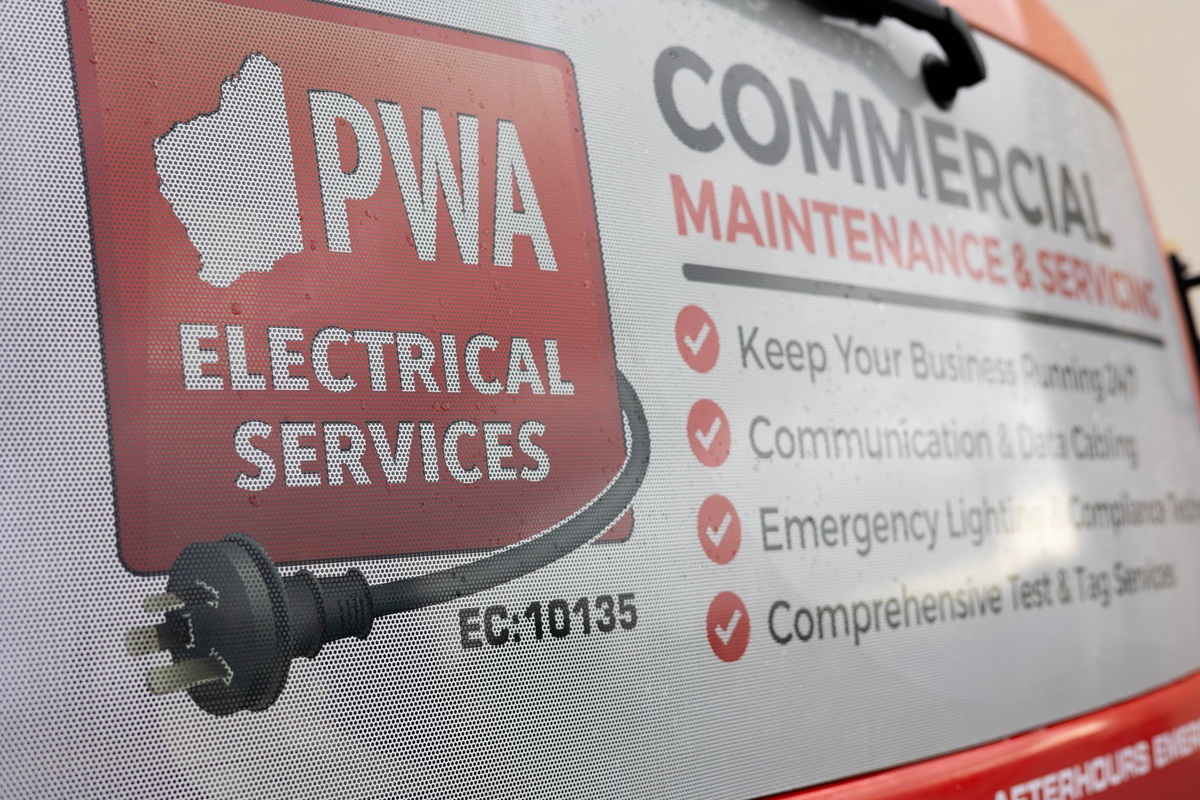
Keep Your Electrical System Safe with PWA Electrical Services
An overloaded electrical circuit is more than just a nuisance—it’s a safety hazard that needs professional attention. Don’t wait for the problem to worsen or risk DIY solutions.
Get in touch with PWA Electrical Services today. Our licensed electricians will quickly diagnose the issue, provide a safe and effective fix, and ensure your electrical system is up to standard. Protect your home and family with expert service you can trust!